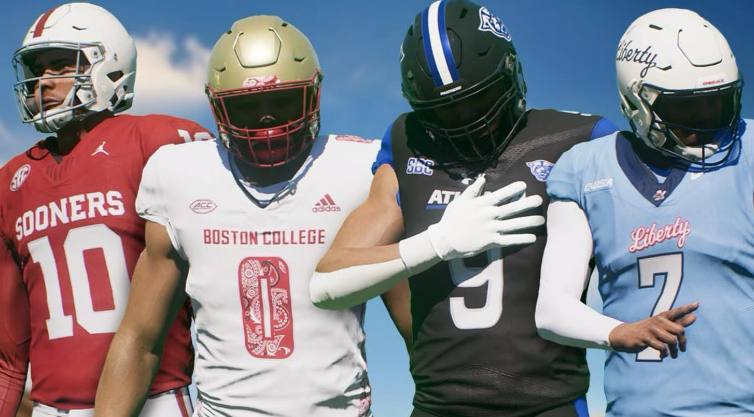1. Defense is Likely to Be Focused on the Run
After a successful running play, especially one that gains significant yardage, the defense will start to CFB 25 Coins stack the box and gear up to stop the run. Defensive linemen and linebackers will be particularly focused on stopping the running back, and they may start creeping toward the line of scrimmage. This presents the perfect opportunity to hit them with play-action.
How to Leverage It: Run a play-action pass immediately after a strong run. The defense will likely bite on the fake, thinking it’s another run play, and this moment of hesitation will give your quarterback more time to make a throw or allow your receivers to get open downfield.
2. Catch the Linebackers and Safeties Off-Guard
One of the key goals of play-action is to get linebackers and safeties to bite on the fake. After a good running play, linebackers will expect a similar look. When you fake the run, they’ll often take a step forward or shift toward the line of scrimmage to close down the rushing lanes. If they fall for the fake, your wide receivers will have more room to run their routes and exploit the space left behind.
How to Leverage It: Use a deep post or seam route immediately after the fake to take advantage of the linebackers and safeties who have been pulled out of position. These routes can lead to big gains, especially if the defense doesn’t respect the pass after a successful run.
3. Maximize the Mismatch with Play-Action
When the defense is expecting another run, they’re more likely to play aggressively and focus on run-stopping assignments. This aggression can create mismatches for your offense. By faking the run and shifting the focus to a pass, your offense has the chance to exploit that mismatch, particularly with faster or stronger receivers against defenders who are still in run-stop mode.
How to Leverage It: Run play-action with a route designed to exploit mismatches, like a slant or drag route, where your receiver can get open in space. If the defenders are too focused on stopping the run, your receiver can get the ball with minimal coverage, resulting in a significant gain.
4. Keep the Defensive Line in Check
After a successful run, the defensive line is likely to be more aggressive, aiming to stuff the next rush attempt. Play-action keeps them honest by forcing them to respect both the run and the pass. If the defense is too eager to rush the quarterback, they might overcommit and leave passing lanes open for quick, easy throws.
How to Leverage It: Use a quick-play action, such as a screen or slant pass, to exploit defensive linemen who overcommit to rushing the passer. If the pass is quick and timed well, your quarterback can avoid a sack while still taking advantage of the defense's aggression.
5. Create Deep Pass Opportunities
If the defense is caught respecting the run, your receivers may have more time to run deeper routes and find open space. Since play-action keeps the linebackers and safeties drawn in, it can create bigger passing windows for deep shots downfield. By using play-action after a successful run, you’re able to take advantage of the defense’s misstep, allowing your offense to stretch the field and open up for College Football 25 Coins larger gains.

